There was something undeniably warm and comforting about homes in the 1980s and ’90s. Whether it was the soft buzz of a tube TV, the scent of a Glade plug-in, or the avocado green accents everywhere, the vibes were strong and the aesthetics unforgettable. While interior design has evolved, these nostalgic details still bring back the kind of cozy, lived-in charm that made a house feel like a true home. Here are 14 throwback features that defined home life for a generation.
1. Vertical Blinds
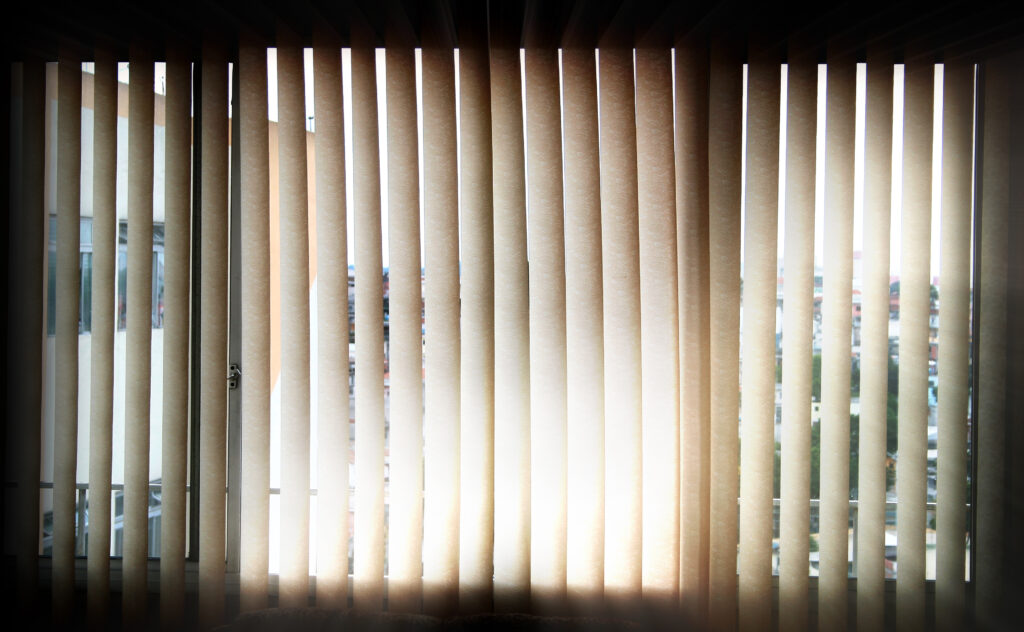
According to Home Light, vertical blinds were a defining feature of homes built or remodeled in the late ’80s and ’90s, especially in suburban areas. They often covered large sliding glass doors that led to the backyard or deck and came in materials like vinyl or fabric. They weren’t just about privacy—they created that signature click-and-sway sound that made a house feel alive. Vertical blinds also let in just enough light to give the room a soft, filtered glow.
Many families kept them closed most of the time, which made the rare moment of sunlight through the slats feel special. When opened, they provided an immediate indoor-outdoor connection that became synonymous with casual entertaining. Their easy-to-clean surface also made them ideal for homes with kids or pets. Even though they’ve fallen out of fashion, spotting a set still sparks instant nostalgia.
2. Wall-to-Wall Carpeting
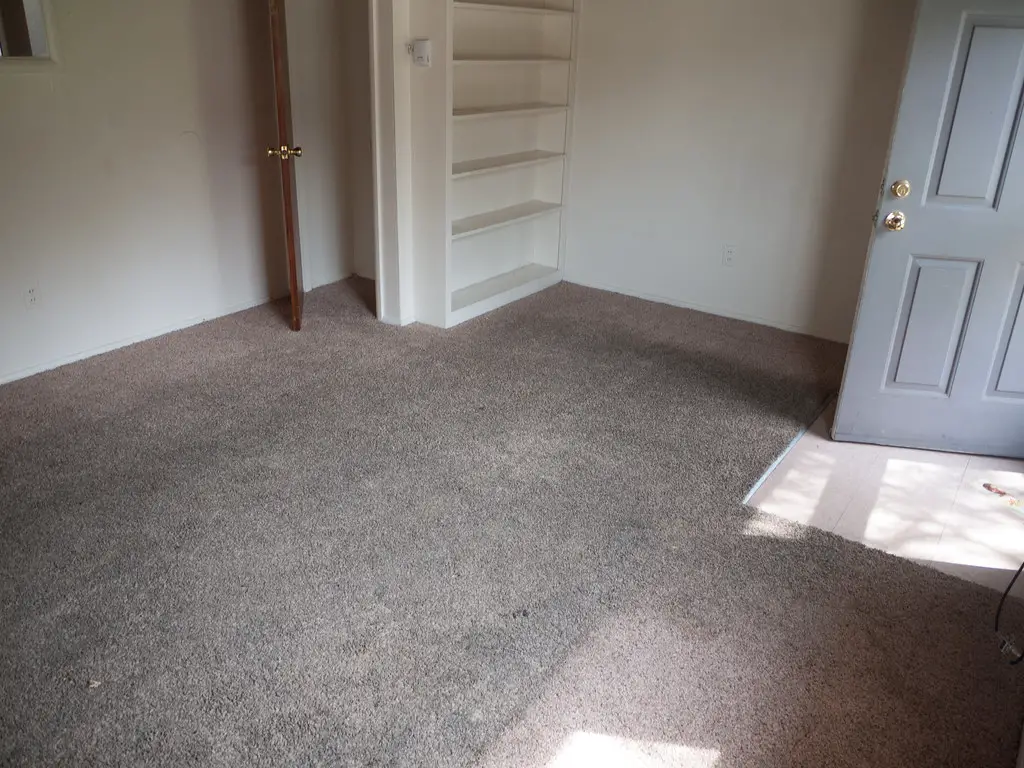
As noted by House Beautiful, plush carpeting wasn’t just a flooring choice—it was a lifestyle. From bedrooms to living rooms, thick carpeting in dusty rose, seafoam green, or beige made a house feel soft and luxurious. It gave off a cozy vibe that hardwood just couldn’t replicate back then. It also muffled footsteps and provided a perfect surface for blanket forts.
Kids would sprawl out with coloring books, homework, or snack trays, all without needing a rug. In some homes, even the bathrooms had carpet, questionable as that may seem now. Regular vacuum lines became a sign of a clean, cared-for household. While it’s been mostly replaced with sleek flooring, wall-to-wall carpet was once the gold standard of comfort.
3. TV Stands with Built-in Cabinets
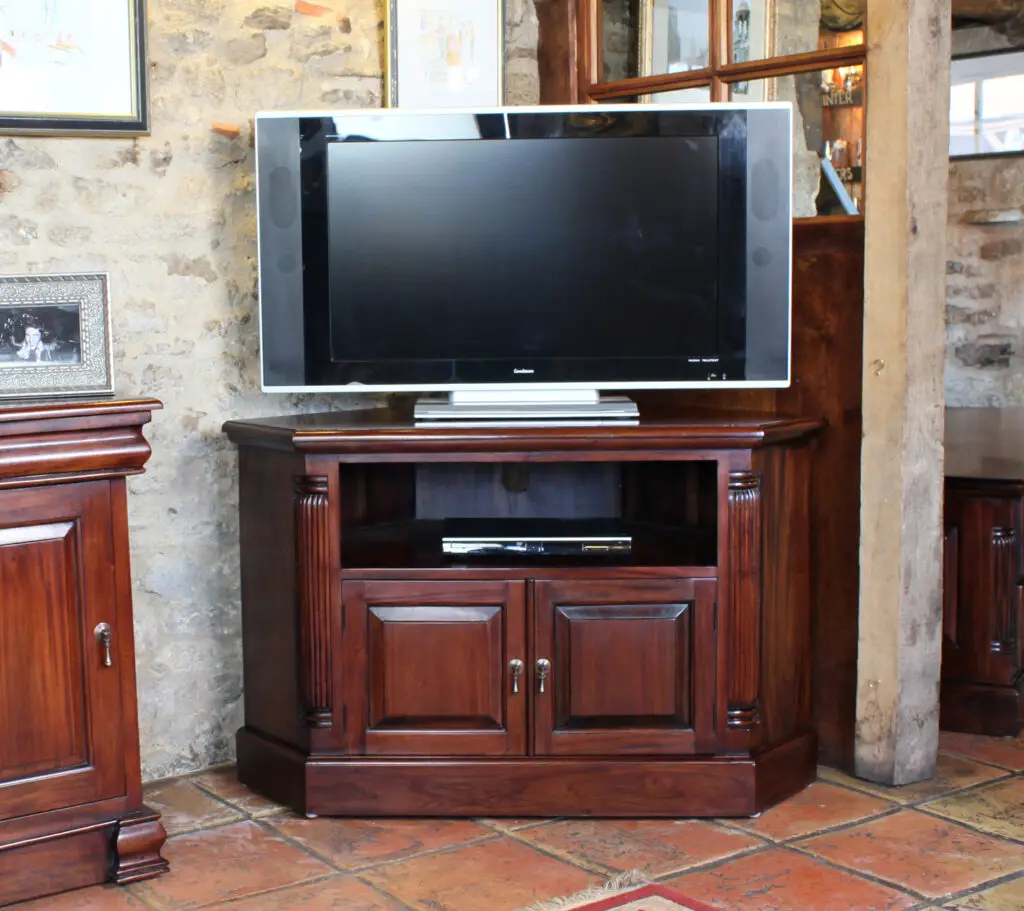
House Digest highlights how these large entertainment centers doubled as media storage and living room focal points. They were often made of heavy particleboard with faux wood veneer and glass-front doors. You could stash VHS tapes, remote controls, stereo systems, and even family photo albums inside. The TV was usually the bulky kind that required two people to lift.
These units created a sense of permanence in the living room—you didn’t just move a TV stand like a coffee table. You’d spend weekends organizing the shelves or dusting between your tape rewinder and gaming console. If you were lucky, yours had a lighted display area with little ceramic figurines. It was both furniture and family hub.
4. Wallpaper Borders
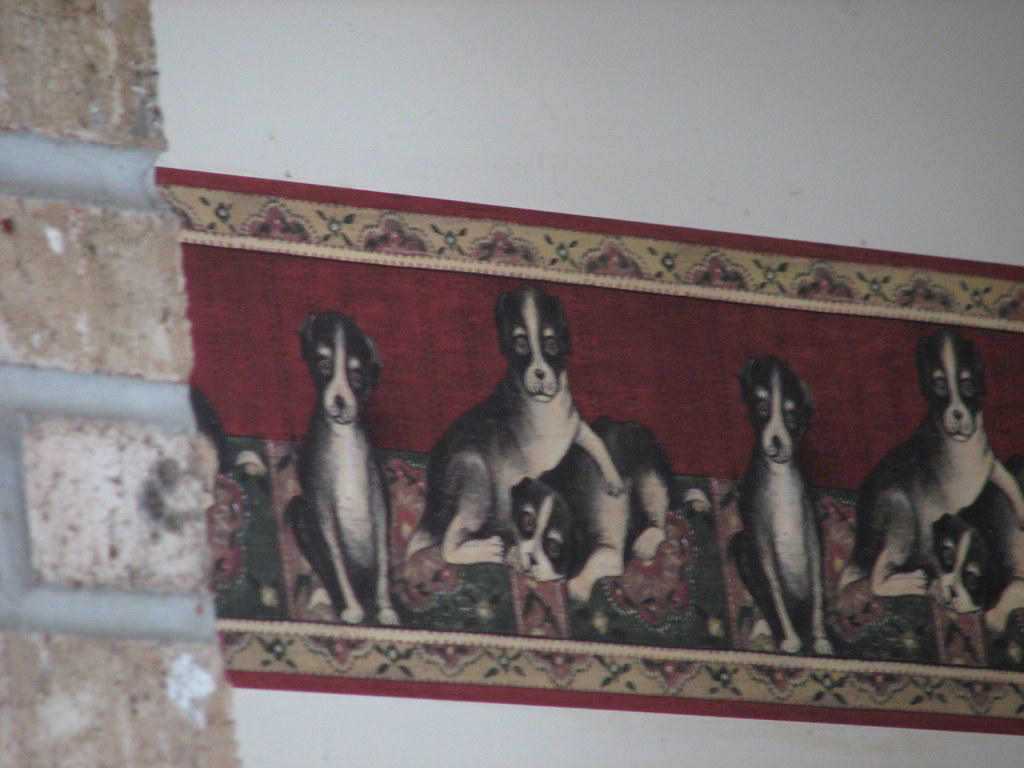
According to House Digest, wallpaper borders were the stylish compromise for anyone who didn’t want to commit to fully wallpapered walls. They were often used in kitchens, bathrooms, and kids’ rooms to add a “designed” look without overwhelming the space. Common themes included fruit baskets, ivy vines, teddy bears, or whimsical florals. They were easy to apply, and even easier to date.
When you saw one, you knew exactly what decade you were in. Many homes used matching fabric valances and towels to complete the look. It was the era of coordinated everything, and wallpaper borders tied it all together. Even today, they’re one of the quickest clues that a home hasn’t been updated in a while.
5. Glass Block Walls

Glass block was everywhere—especially in bathrooms and entryways—and it made homes feel light-filled yet private. Whether it was a partition near the shower or a window near the front door, it offered function with a little architectural flair. The texture created a dappled light effect that looked especially cool in the afternoon sun. Even now, it’s hard to walk past a glass-block window and not instinctively touch it.
For kids, those wavy blocks were practically sensory toys built right into the house. They gave off a vaguely futuristic vibe that felt upscale at the time. Some homeowners even used them to create curved bar counters or spa-like spaces. Though rarely used today, their presence immediately recalls a very specific design era.
6. Honey Oak Everything
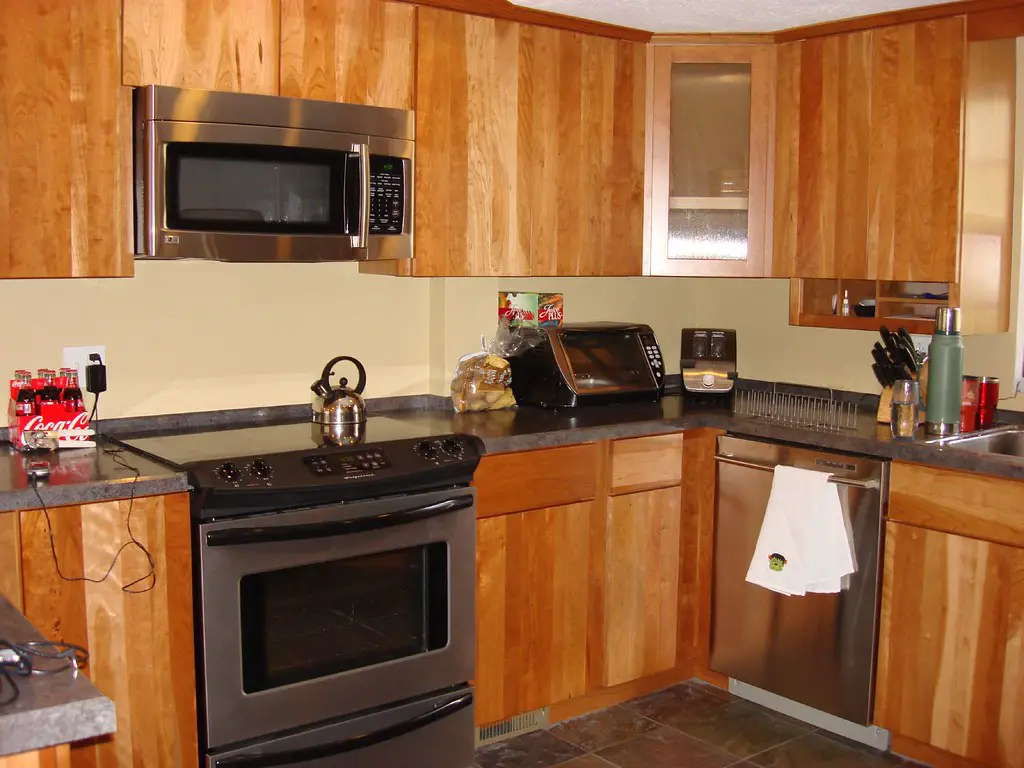
If you had oak kitchen cabinets, coffee tables, and built-in bookshelves that all matched, you were right on trend. This golden wood tone was everywhere during the ’80s and ’90s and gave homes a cozy, polished look. It was often paired with brass hardware or floral upholstery for the full effect. The warmth of oak made spaces feel both traditional and cheerful.
Even bathrooms weren’t safe—oak vanities were basically a given. Many dining sets came in oak, complete with spindle-backed chairs and extendable leaves for holidays. The trend was so pervasive, it became the default wood finish in new construction. While today’s homes lean toward cooler tones, oak is making a soft comeback in modern ways.
7. Popcorn Ceilings
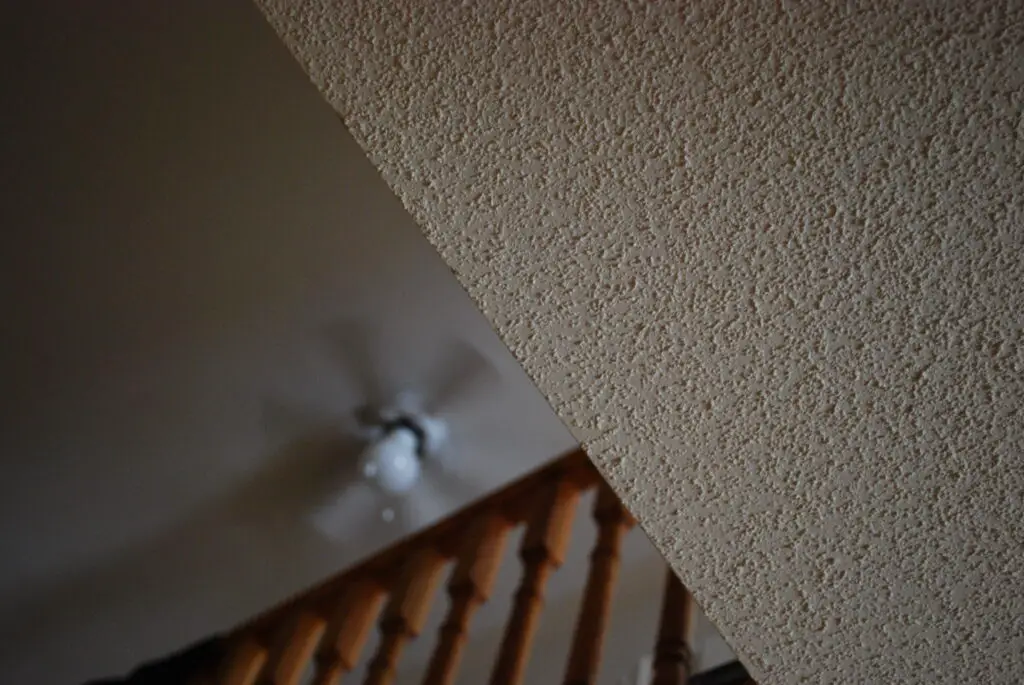
You didn’t even notice them until someone pointed them out, and then suddenly they were everywhere. Popcorn ceilings were originally used to mask imperfections and dampen sound. They were sprayed on in a quick process that made new builds more efficient to finish. For decades, they were the standard in bedrooms, hallways, and living rooms.
Parents loved them for their practicality, but kids mostly remember getting in trouble for poking at them with broomsticks. Occasionally, a piece would flake off, revealing a smooth patch underneath. Some popcorn ceilings were even sparkly, thanks to added glitter flecks for “drama.” Removing them later became a rite of passage for homeowners in the 2000s.
8. Phone Nooks and Long Cords
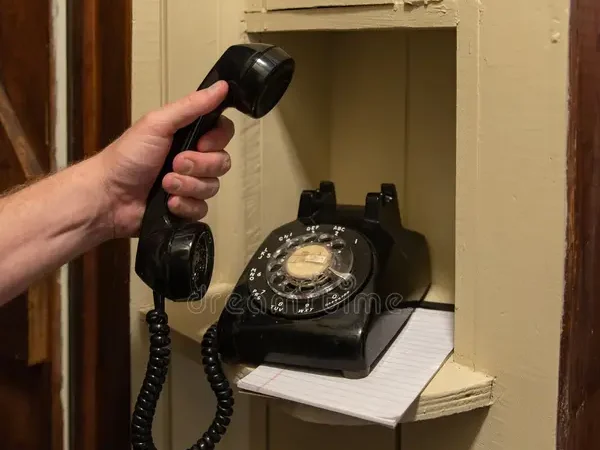
The house phone was more than a utility—it was an event. Whether mounted to the kitchen wall or sitting in its own carved-out niche, it was the center of teen drama and dinner call reminders. Cords stretched down the hall, around corners, or even outside if you wanted privacy. Everyone had their favorite spot to sit while chatting.
Many homes also had a little drawer nearby for notepads and pens to jot down messages. Answering machines beeped loudly when you walked in the door, eager to announce someone had called. There was a whole ritual around checking messages and waiting for the right moment to call back. The phone nook wasn’t just a feature—it was the beating heart of home communication.
9. Glass-Top Coffee Tables
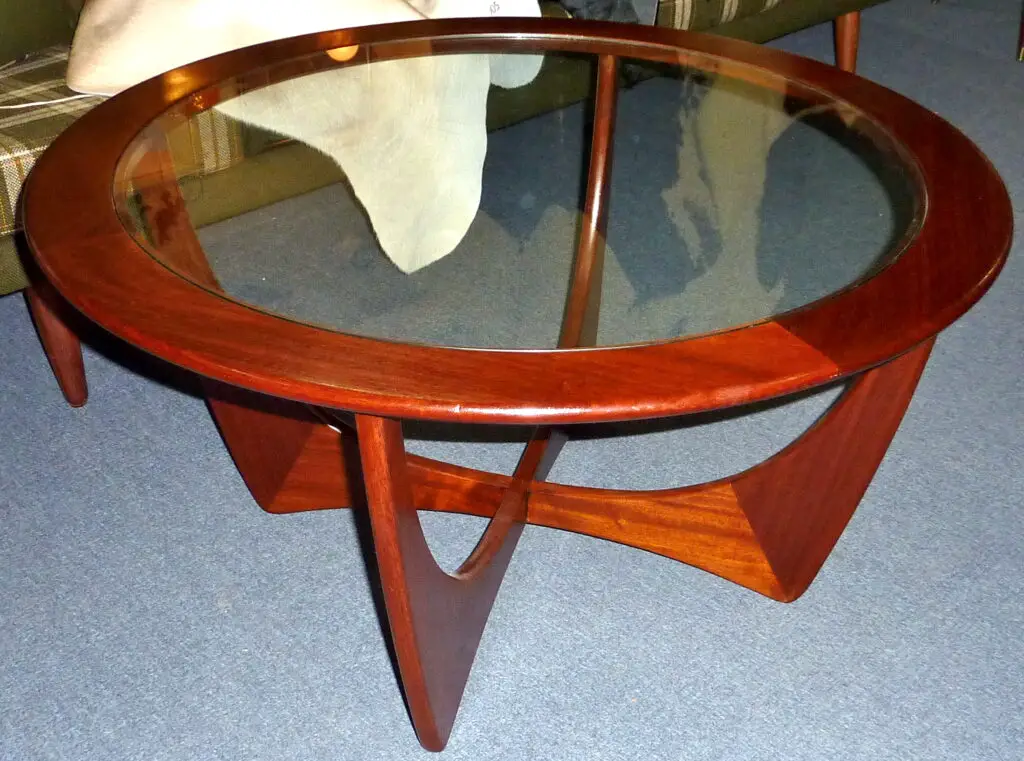
These tables were elegant, fragile, and slightly dangerous—but we all had one. They were usually brass or faux-wood framed with a heavy glass insert that sat flush in the top. You couldn’t set anything down too hard or you’d hear a loud thunk echo through the room. And don’t even think about putting your feet on it.
Still, they felt sleek and “grown-up” in a way that other tables didn’t. Often paired with floral sofas and a crocheted doily underneath a bowl of potpourri, they screamed ‘90s chic. Cleaning them required constant Windex use, but the gleam was worth it. Just don’t drop a remote on them or it was game over.
10. Patterned Sofas

If your family had a couch with giant flowers, squiggly geometric shapes, or a multicolored stripe pattern, congratulations—you were stylish. Patterned upholstery was not just tolerated, it was celebrated. It hid stains better than plain fabrics and added personality to the room. No throw pillows needed—your couch was the statement.
Many were sleeper sofas, too, pulling double duty for sleepovers or visiting grandparents. Some had wooden arms or decorative skirts to really complete the look. The fabric was often scratchy, but comforting in its familiarity. These couches were built to last, and some are still lurking in basements and rec rooms today.
11. Country-Inspired Kitchens
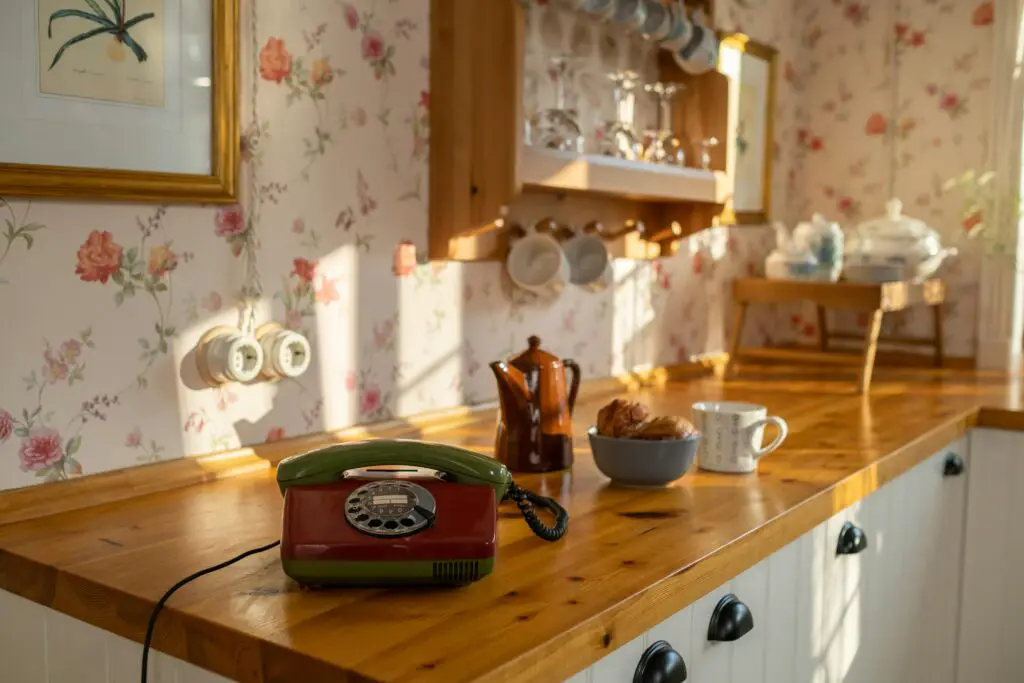
Think rooster figurines, gingham curtains, and ceramic canisters labeled “flour” and “sugar.” The country kitchen trend was about creating a lived-in, welcoming space full of charm. Wallpaper featured fruit baskets or sunflowers, and the oven mitts matched the potholders. It was cozy maximalism before that was a thing.
Even new builds tried to recreate the farmhouse feeling with faux-distressed wood and ruffled valances. Open shelving often held decorative plates or jars of pasta. Everything felt like it belonged in a cookbook photo shoot. And there was almost always a cookie jar shaped like a barn or a cow.
12. Built-in Shelves
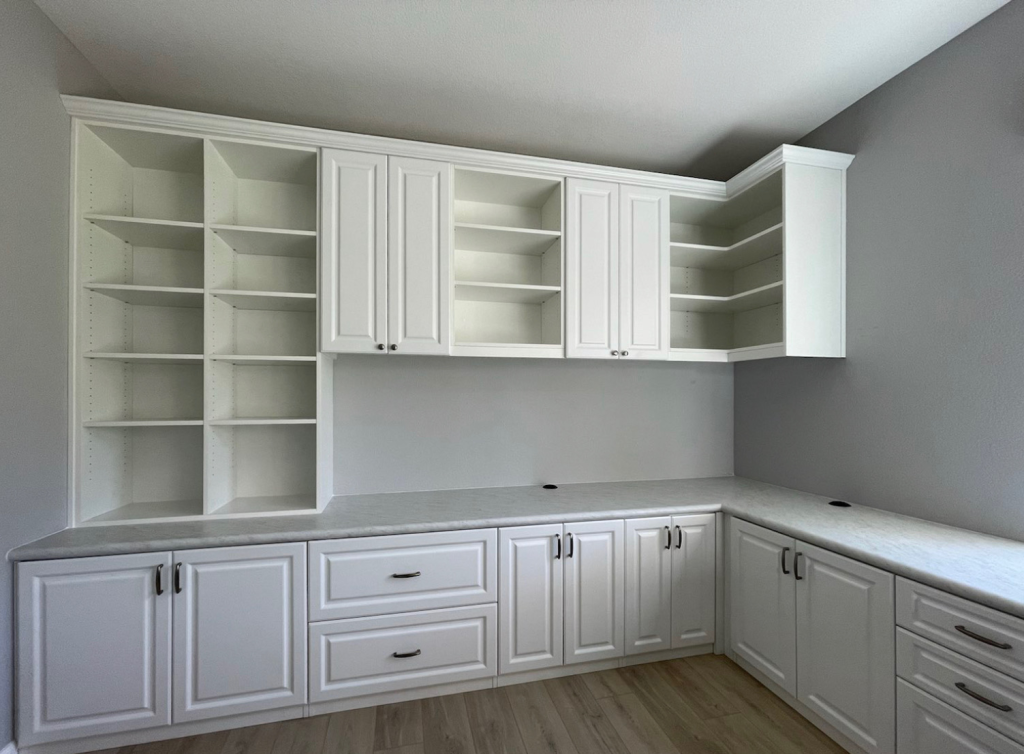
Built-ins gave living rooms, dens, and hallways a sense of permanence and pride. They were usually filled with encyclopedias, framed school photos, and seasonal décor that rotated with the holidays. Many had cabinet doors below and open shelving above for a mix of storage and display. Homeowners treated them like personal museums.
Kids loved sneaking behind them during hide-and-seek, while adults used them as conversation starters. Their symmetry anchored a space and made the room feel complete. Even in modest homes, they added a custom touch. They’re one of the few ’90s features still considered desirable today.
13. Track Lighting
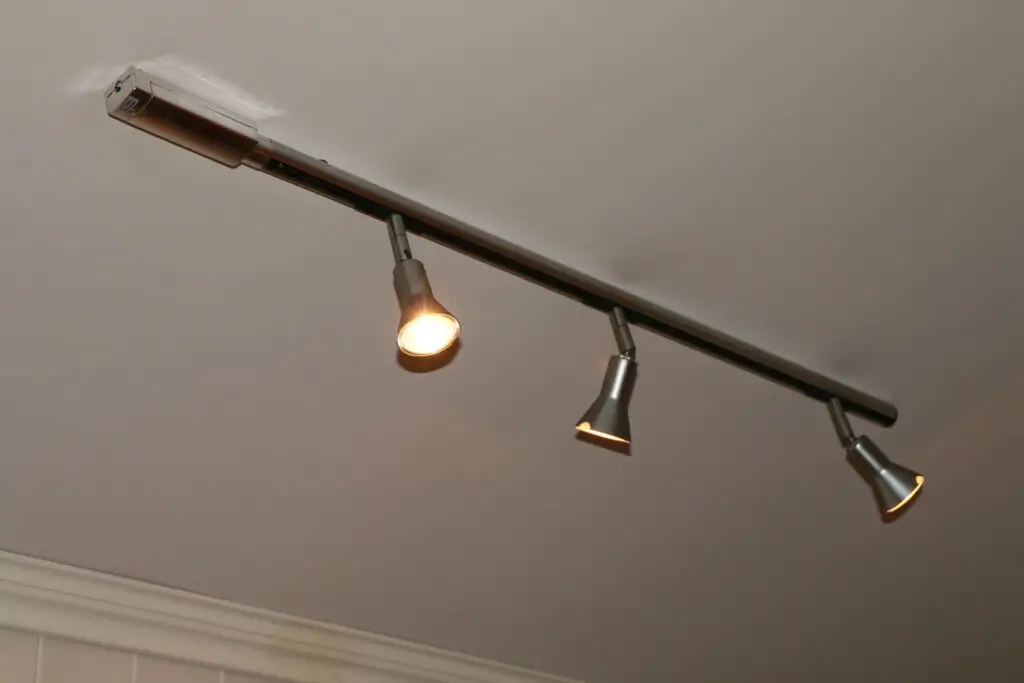
Track lighting was the futuristic solution to boring overhead lights, and it was everywhere. You could point each bulb at a different part of the room—art, plants, your lava lamp collection. It made living rooms feel modern and theatrical at the same time. The little hum they made was part of their charm.
Most sets were white or black and mounted directly to the ceiling. You’d often find them above entertainment centers or kitchens, providing “mood” lighting before dimmers were common. While not energy efficient, they felt high-tech in the best way. Some homes still use them today as a retro accent.
14. Faux Plants and Silk Flowers
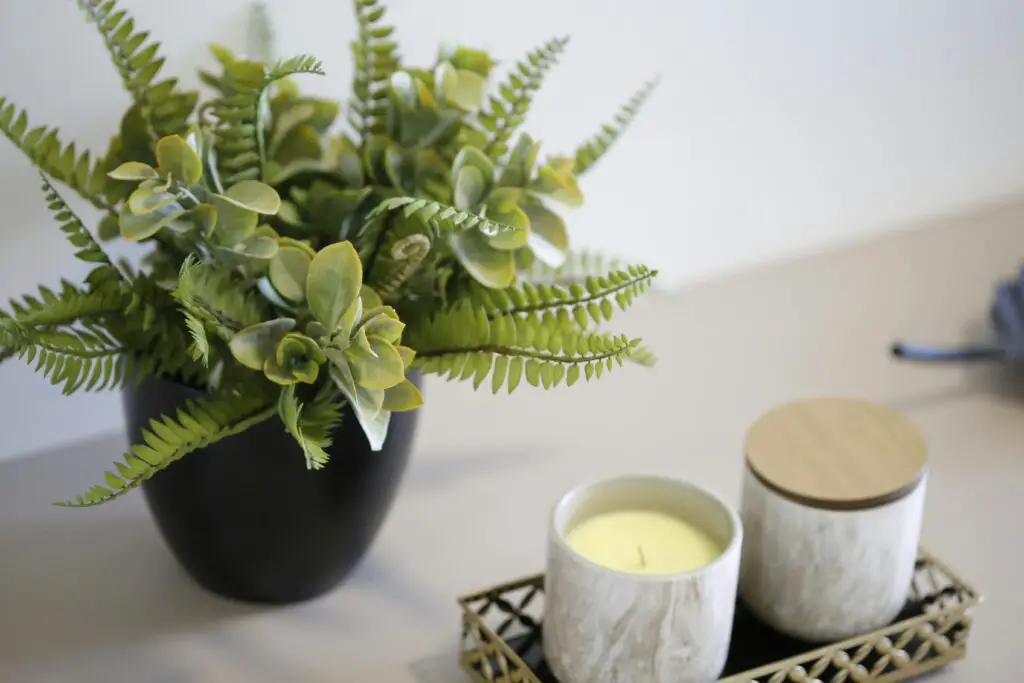
Every surface had at least one: atop cabinets, beside the bathtub, or stuffed into a wicker basket on the toilet tank. Faux greenery brought color and texture to homes, no watering required. Silk flowers were often pastel or saturated with unnatural shades that somehow still worked. You’d find them in every room, including the hallway.
They were usually dusted only during spring cleaning, and yet they never died—literal decor immortality. Some homes went all out with full faux ivy arrangements that “cascaded” down bookshelves. They created the illusion of life and vibrancy, even in windowless spaces. And honestly? We kind of miss them.
